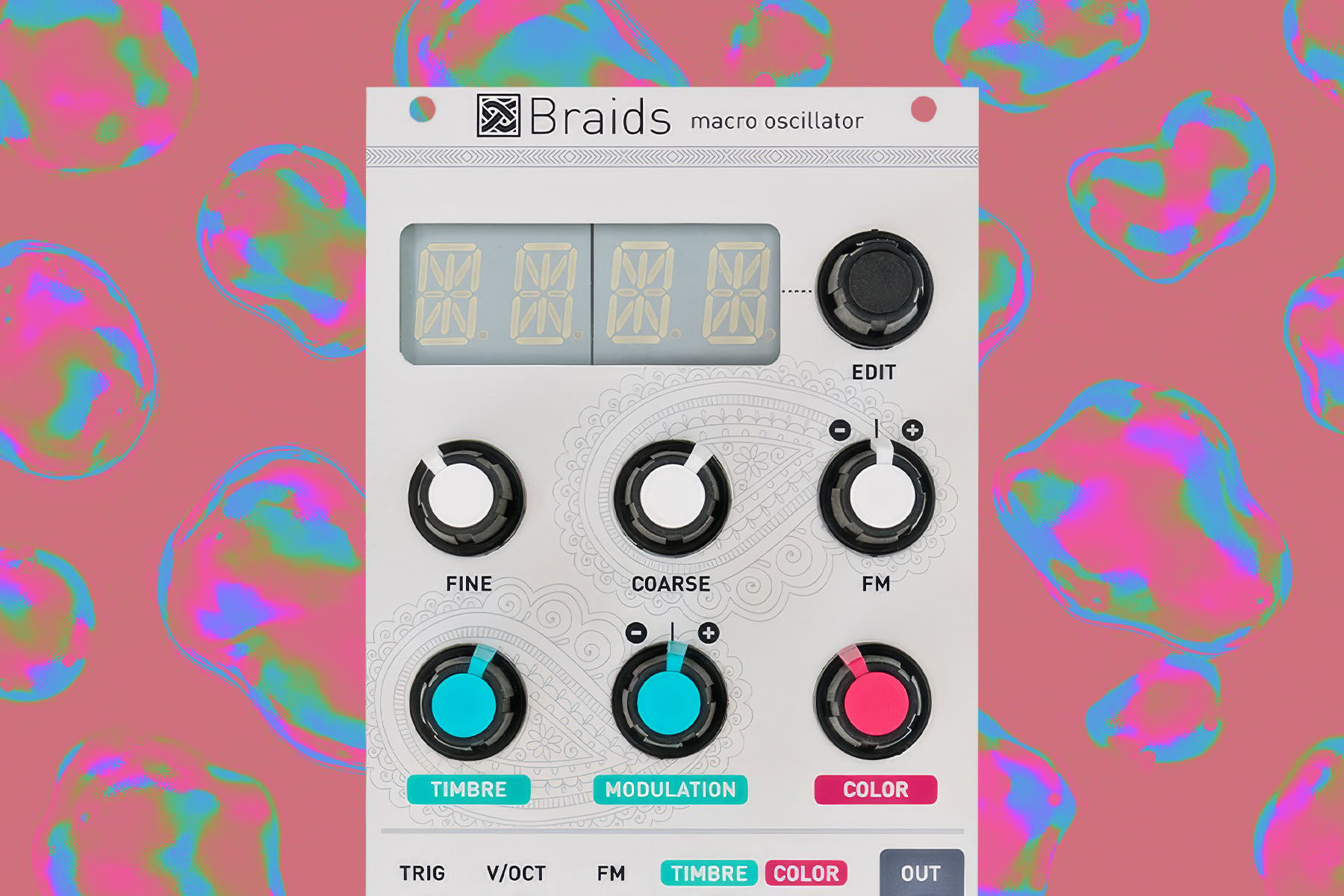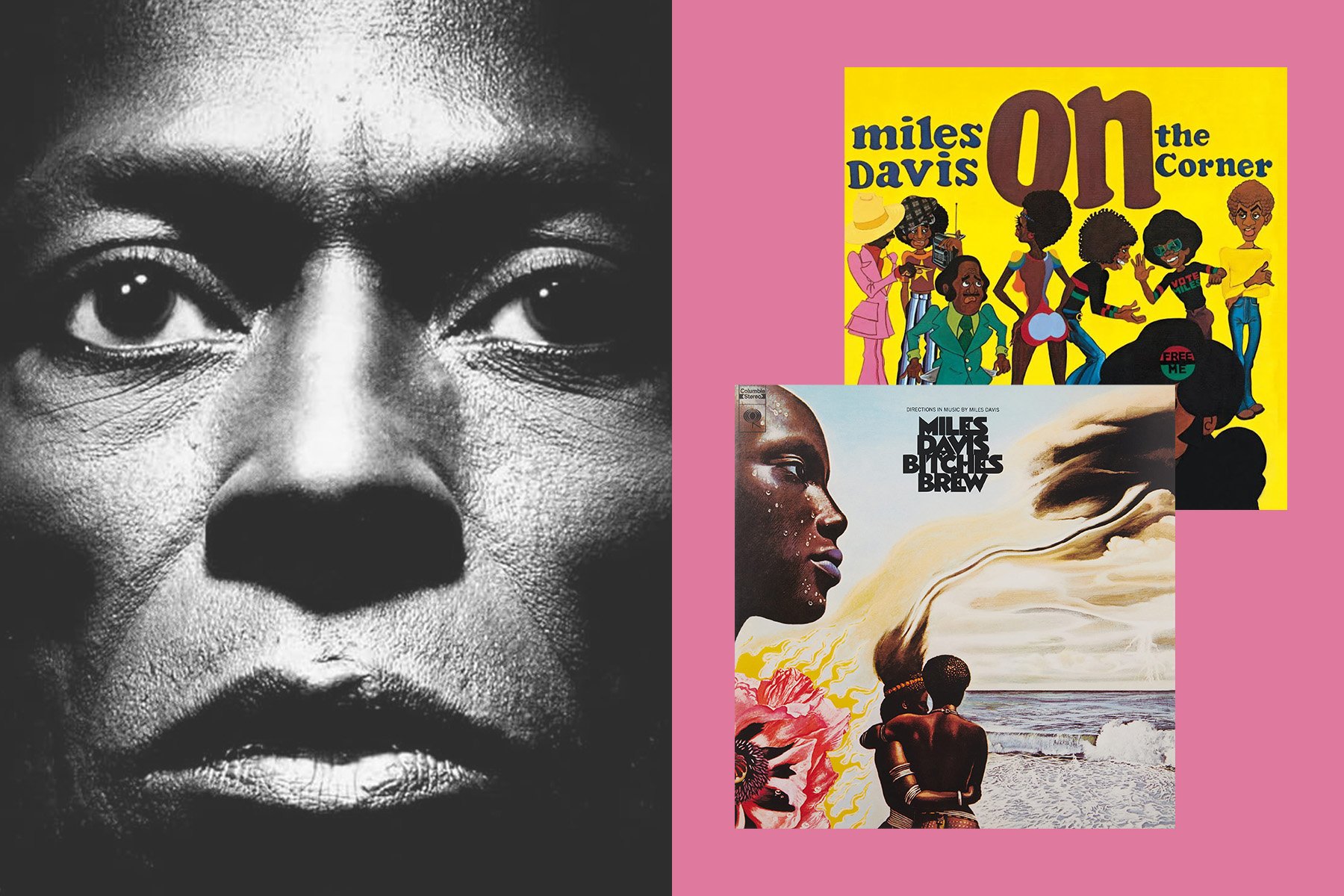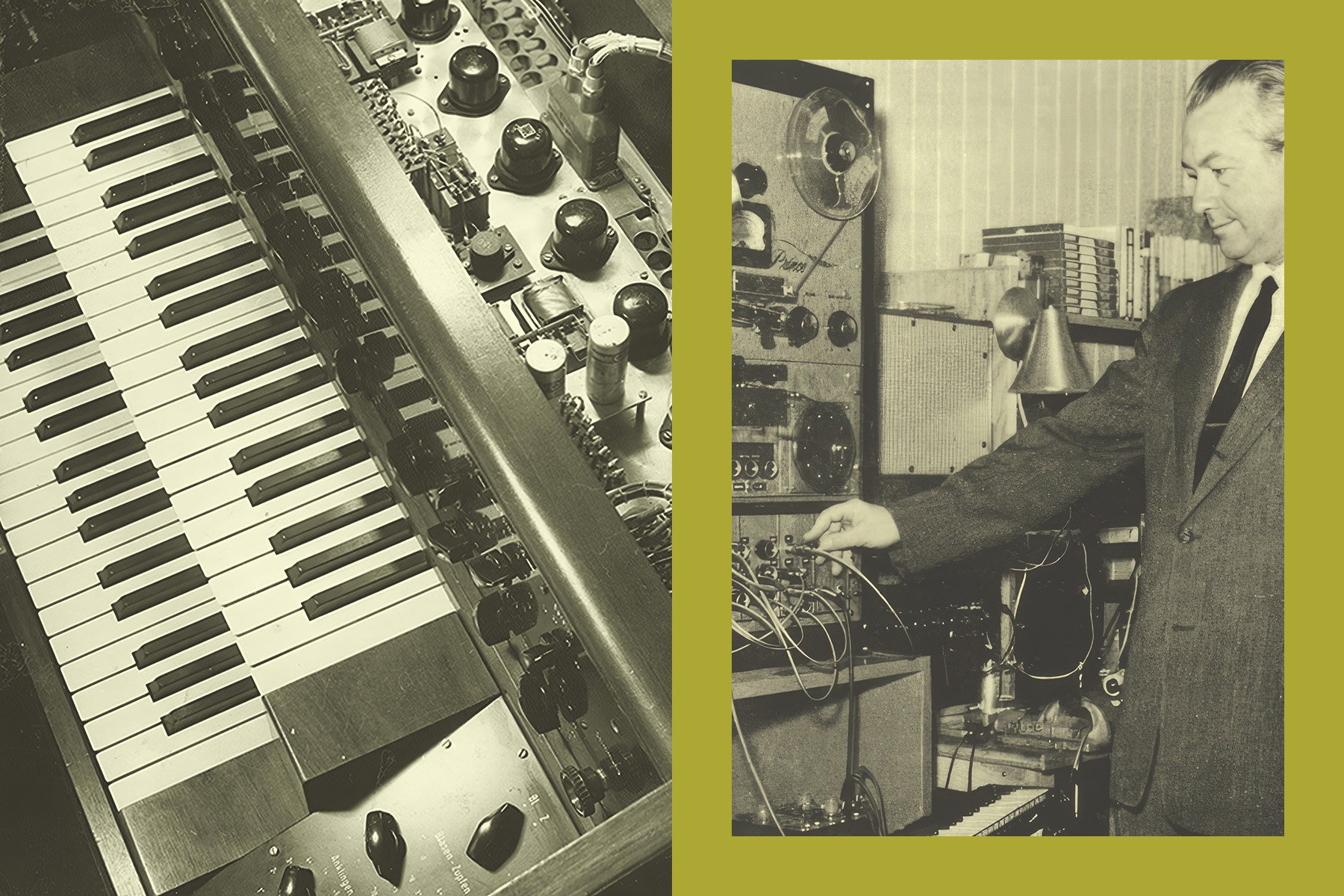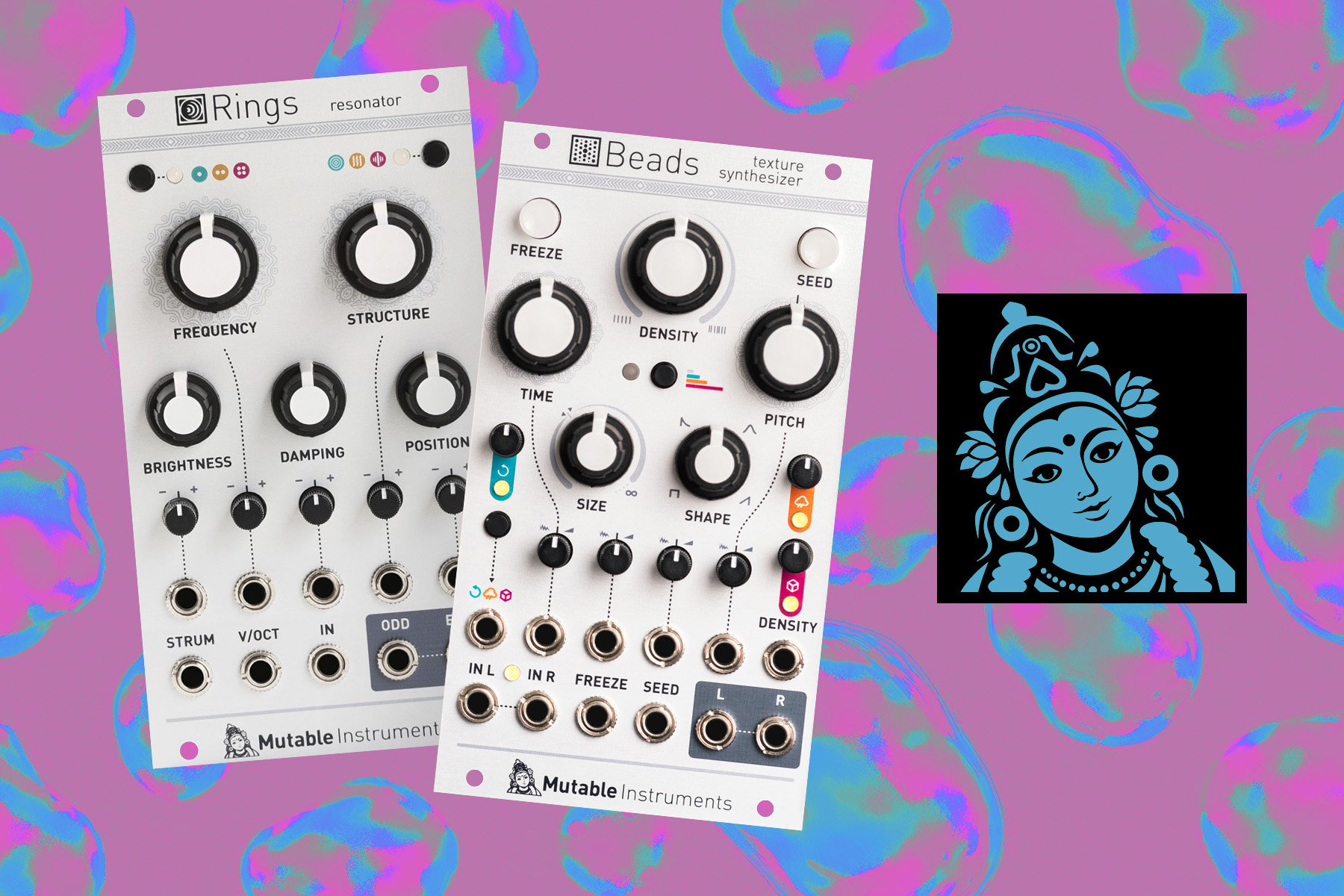ADAT. A cryptic acronym that occasionally appears on particular bits of audio equipment. If you’ve ever wondered what on earth it means, and turned to the global source of communal information (Wikipedia) for the answer…you will probably have found something like the following:
“Alesis Digital Audio Tape (ADAT) is a magnetic tape format used for the recording of eight digital audio tracks onto the same S-VHS tape used by consumer VCRs.”
Hmm. That surely doesn’t seem right. Is it? Well, kind of. Let me explain.
ADAT: History + the Early Years
Back in the early 1990s, setting up a digital music studio was expensive—and often the sole reserve of serious professional operations. Alesis came along and changed all that with the introduction of its Digital Audio Tape Recorder, which could record up to 8 simultaneous tracks on to Super VHS tapes. These multitrack devices still cost a pretty penny, but their relatively low cost brought them within reach of a much wider group of musicians and producers.
Most importantly for our purposes, these devices could be connected up and synchronised together with great accuracy—allowing folks to expand their setup with additional tracks as required. You could start off with 8 tracks, and then add on another 8 once you had the money, or the need… up to a rather dizzying total of 128(!). Even if you didn’t need 16 tracks, ADAT allowed you to connect up multiple recorders to provide a backup of your session, which was probably not a bad idea.
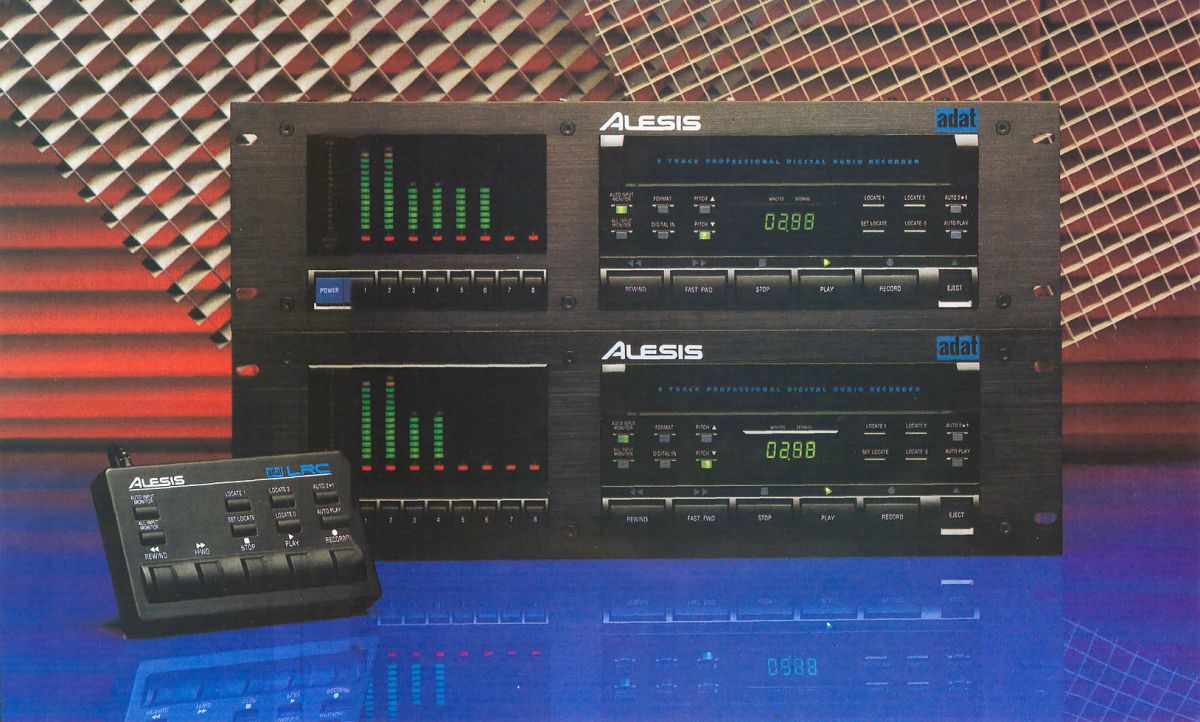
The simplicity of the technology was one of its major strengths, as it allowed the transmission of 8 channels of high-quality audio along a single, inexpensive fiber-optic cable. The connections were (and remain) hot-swappable, meaning that you don’t need to turn off the devices before switching them over. This can be really useful if you have multiple different bits of gear to work between.
It wasn’t just audio interfaces that made use of ADAT’s quality and convenience though. The same approach was taken (to a more limited degree) to transfer digital audio to effects processors and samplers. For example, the Alesis Quadraverb.
ADAT: Modern Usage
Nowadays, almost nobody uses ADAT Super VHS recorders for music production. Not even the YouTube hipsters have jumped on that particular bandwagon yet (though maybe that should be my next adventure…). However, the technology remains incredibly useful, and you will commonly see the current incarnation referred to as "ADAT Optical Interfaces," "ADAT lightpipe," or even "TOSLink" (which refers to the connectors on the end)... though if you’re as lackadaisical as me, ADAT will do just fine.
Much like it was used previously, the main way that ADAT is currently deployed in modern studios is to expand the connectivity of audio interfaces. This allows you to add additional inputs and outputs to record more channels simultaneously.
For a practical example, the Focusrite Scarlett 18i20 audio interface has 8 physical jack inputs, and 8 physical jack outputs crammed into its neat 1u rack space. However, it can also support an additional 16 channels of audio (8 in and 8 out) by connecting up an additional ADAT device. Due to the universal nature of the protocol, you aren’t bound to any particular manufacturer, and in my home studio I have this exact setup—making use of a cheap Behringer ADA8200 UltraGain preamp module to provide the extra holes. However, there are also high quality options if you have the budget, including the Scarlett OctoPre.
It isn’t just the big, serious looking rack-mounted interfaces that have this capability though. Even dinky wee devices like the Scarlett 18i8 3rd Gen allow for the use of additional inputs through a single optical cable. Others that support ADAT include the Studio 1810c USB-C Audio Interface, the Audient iD24, or the MOTU LP32 USB. If you have found that you’ve outgrown your particular interface, then it might be worth checking if you can give it a new lease of life with an ADAT expansion, as opposed to having to sell and upgrade.
Unfortunately, you aren’t able to just daisy-chain ADAT units endlessly to build some mega, multi-track beast. Each interface will have a maximum number of additional channels that can be supported, and this is commonly a single input/output pair.
While recording remains the most common way that ADAT is utilized for modern music production, there are some notable outliers, including the incredible Eventide H9000 effects processor, which makes use of the technology for transferring multiple channels of digital audio. This kind of premium bit of gear might well be out of reach for most of us, but if you look around you can find great deals on older FX units such as the TC Electonix Fireworx which also support ADAT. In fact, if you have any kind of older gear lying around, it might be worth checking to see whether they do as well. My Akai S6000 rackmount sampler has ADAT connections for example, but I must confess that I’ve never managed to figure out how to get them working with my Focusrite…all suggestions are welcome!
ADAT in the Eurorack Modular Synthesizer Ecosystem
There’s nothing quite like the feeling of putting together a beautiful, evolving patch on a modular system. However, if you want to actually record your masterpiece, things become a bit more complicated. Finding an audio interface with enough inputs for all of the various voices and sample players that you have running simultaneously is a real challenge.
In my case, while I had an interface set up with an ADAT that provided enough inputs, space restrictions meant that it needed to be located across the room from my Eurorack. This wasn’t ideal, as I then needed to run multiple extra long cables from each of the individual modules that I was using. On top of that, the required minijack to jack adapters were both fiddly and unreliable.
All of that changed when I discovered the Optx ADAT converter from Boredbrain Music. This module allows you to expand your audio interface with 8 minijack inputs and 8 minijack outputs in just 8hp. As well as providing an incredibly convenient central location to directly connect up the different modules you want to record, Optx only needs two optical cables to communicate fully with the host, meaning that it is a far tidier, simpler solution. The original version of Optx is discontinued—however, a new version was announced at Superbooth 2024, and we anticipate its release in the near future.
Another similar range of devices with a host of different configurations comes from Scotland’s own Expert Sleepers. Many of these are specifically intended for use with ADAT systems, namely the ES-3 MK4 Lightpipe to CV Interface, as well as the ES-6 CV to Lightpipe interface (which requires an ES-3, ES-8, or other host module for operation).
Another benefit of using these kinds of modules is that they often have DC-coupled inputs and/or outputs. This means that you can send and receive CV via your interface, to modulate parameters within a VST from your modular system for example, or to sequence CV from your DAW. The creative possibilities for a hybrid studio are pretty wild. (Note that the original version of the aforementioned Optx only has DC-coupled outputs; its inputs are AC-coupled).









